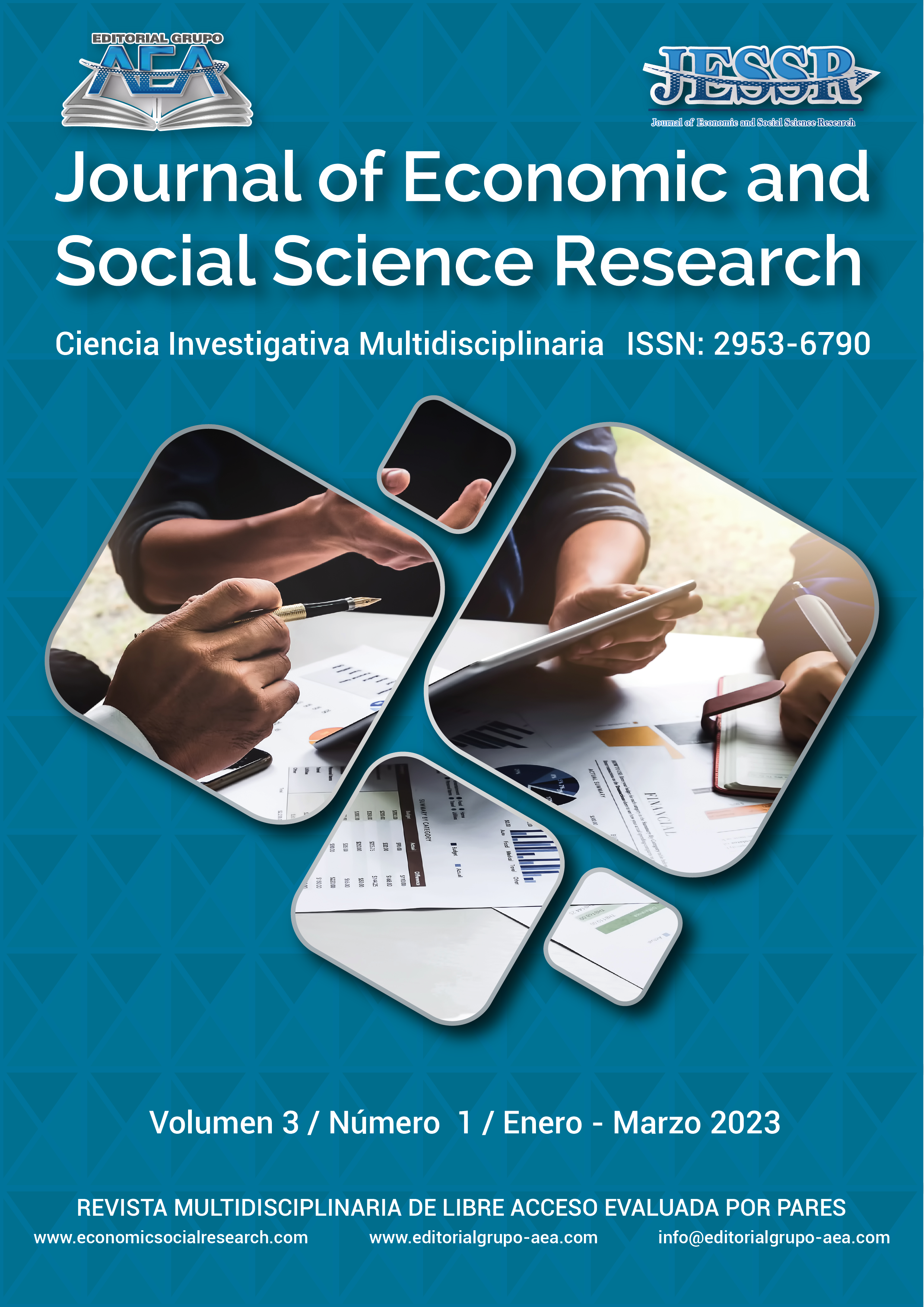Application of the Monte Carlo Method in Pontiac flow through Octave Software
Main Article Content
Abstract
The application of the Monte Carlo method in electric power flow analysis, which consists of solving a series of generators to minimize or maximize a specific function subject to constraints. The Newton-Raphson method was also used in the numerical analysis of electric power flow. Cartesian and polar coordinates were used to analyze the behavior of electric power over time. The results of the study, performed in GNU Octave, allowed finding the solution of a system of power flow equations and observing a perturbation in the alternating current flow. The research also mentions that electrical power flow analysis is commonly used to simplify the notation of single-line diagrams and systems by mechanism. The objective of the objective function in power flow analysis can be the maximization of the net social benefit, the minimization of losses or the minimization of the generation cost. A practical application of the Monte Carlo method and the Newton-Raphson method in electric power flow analysis is described, and how these methods can simplify the analysis of electric power behavior.
Downloads
Article Details
Section

This work is licensed under a Creative Commons Attribution-NonCommercial 4.0 International License.
How to Cite
References
Díaz, J. M., Suárez, J. C., & González, M. A. (2021). Impacto de la distribución de probabilidad en el método de Monte Carlo aplicado al análisis de flujo de carga de sistemas eléctricos de potencia. Revista Científica de Ingeniería, 1(1), 1-8.
H. W. Dommel y W. F. Tinney. Optimal power flow solutions. IEEE Transactions on power apparatus and systems, ISSN 0018-9510, PAS-87(10), 1866-1876 (Octubre de 1968).
Herrero, J., Rodríguez, A., Martínez, J. L., & López, J. (2020). Octave as a tool for the analysis of power systems. Electric Power Systems Research, 188, 106497.
J. Costa y L. Paihua. Aplication of numerical methods to solve nonlinear equations for sea wave modeling. Universidad de Ricardo Palma (Enero del 2011).
J. M. López y L. A. Gallego (2008). Flujo de potencia óptimo usand el método del gradiente para reducción de perdidas en sistemas de potencia. López y Gallego, Flujo de potencia óptimo (págs. 71-85). Medellín, Colombia: Universidad de Antioquia.
James Daniel Weber. Implementation of a Newton-Based optimal power flow into a power system simulation environment. University of Wisconsin, USA, 1995.
Kearsley, A., Reid, D., & Williams, R. (1991). Monte Carlo simulation of low-energy electron scattering. Journal of Applied Physics, 69(1), 430-440. Obtenido de https://doi.org/10.1063/1.347783
Li, L., Zhang, J., & Wu, J. (2019). A comprehensive review on Monte Carlo simulation techniques for power system analysis. IET Generation, Transmission & Distribution, 13(20), 4624-4635.
Meneses, C. A. P., Echeverri, M. G., & Mantovani, J. R. S. (2011). Algoritmo para el análisis probabilístico en sistemas de distribución con generación distribuída. Dyna, 78(169), 79-87
Roversi, J., González, D., Ramírez, A., Hernández, A., & Castillo, A. (2016). Aplicación del método de Monte Carlo para el análisis de la dosimetría en radioterapia. Revista Mexicana de Física, 62(5), 442-447. Obtenido de https://rmf.smf.mx/pdf/rmf/62/5/62_5_442.pdf
Rudd, M., & Ervin, K. (2001). Monte Carlo simulations of low-energy electron transport: elastic scattering from atoms and molecules. Journal of Applied Physics, 90(9), 4459-4466. Obtenido de https://doi.org/10.1063/1.1408306





